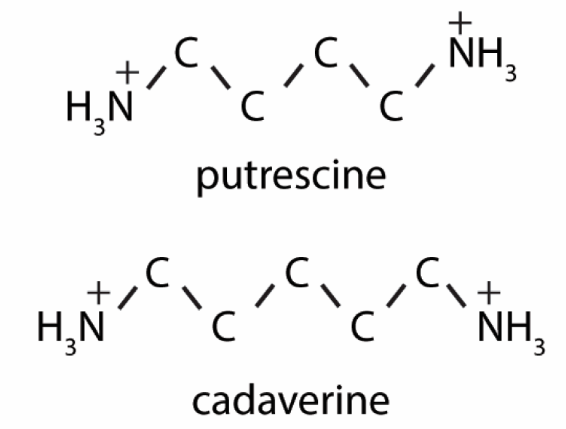The organic raw materials are petrochemicals made of petroleum and natural gas, and the industries of various organic chemical products are produced or fractionated by the raw material gas after coal gasification and the coal tar recovered by dry distillation. In China's organic chemical industry, the first acetylene route from coal-based calcium carbide, coalification to methanol, formaldehyde route and recovery of coal tar in benzene, naphthalene, anthracene and other routes and the use of grain as raw material fermentation distillation to produce alcohol routes. Organic raw materials are widely used and can be divided into three aspects: one is the raw material used to produce polymer chemical products, that is, the monomer for polymerization; the other is used in other organic chemical industries, including raw materials for fine chemical products; Used in solvents, refrigerants, antifreezes, gas adsorbents, etc. Basic organic chemicals are the basis for the development of various organic chemical products and are a major component of modern industrial structures.
Dimethyl Malonate: Protective Potential of Acute Kidney Injury and Toxic Summary
Dimethyl malonate is a chemical compound used extensively in the field of organic synthesis.
Oct 22,2024 Organic Chemistry2-Picolinic acid: Properties, Biological Synthesis and Physiological Action
2-Picolinic acid is a catabolite of the amino acid tryptophan through the kynurenine pathway.
Oct 22,2024 Organic Chemistry2-Bromovalerophenone: A Comprehensive Overview
2-Bromovalerophenone is used in the pharmaceutical industry for production of medicines having calming effect on the nervous system.
Oct 22,2024 Organic ChemistrySodium Gluconate: Potential for Clinical Application and its Biological Synthesis
Sodium gluconate is a white or light yellow crystalline powder, which is easily soluble in water, slightly soluble in alcohol, and insoluble in ether.
Oct 22,2024 Organic ChemistryParylene N, Parylene C, Parylene D, and Parylene DM
Parylene DM combines excellent barrier, electrical insulation, and mechanical properties.
Oct 17,2024 Organic ChemistryMethoxamine hydrochloride: uses and Synthesis method
Methoxyamine Hydrochloride is the hydrochloride salt form of methoxyamine, an alkoxyamine with potential chemotherapeutic adjuvant activity.
Oct 15,2024 Organic ChemistryThe synthesis method of 2-(2-Aminoethoxy)ethanol
2-(2-Aminoethoxy)ethanol, also called 2AEE, is a colourless liquid with a faint,fish-like odour.
Oct 10,2024 Organic ChemistryThe synthesis method of neopentyl glycol
Neopentyl glycol can be obtained by the crossed aldol condensation of isobutyraldehyde with formaldehyde or paraformaldehyde to produce hydroxypivaldehyde as an intermediate.
Sep 3,2024 Organic ChemistryBiphenyl: Chemical property and uses
Biphenyl, an aromatic hydrocarbon, is used alone or with diphenyl ether as a heat-transfer fluid.
Aug 13,2024 Organic ChemistryPutrescine and cadaverine
Putrescine (butane-1,4-diamine) and cadaverine (pentane-1,5-diamine; 1,5-Diaminopentane) are foul-smelling compounds produced when amino acids decompose in decaying animals.
Aug 7,2024 Organic Chemistry












